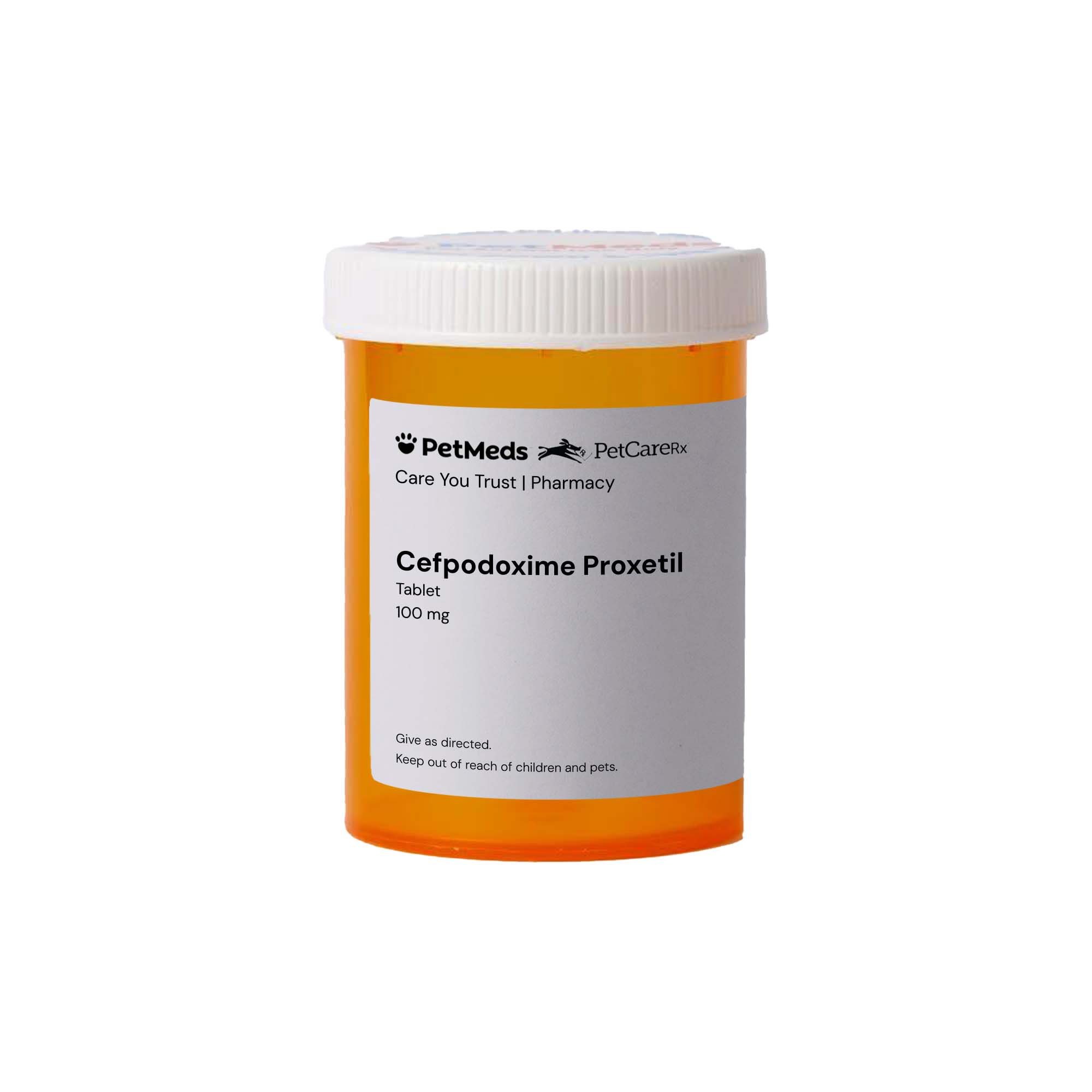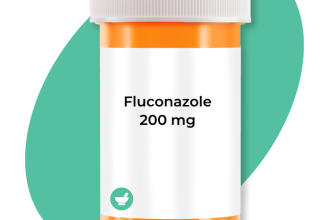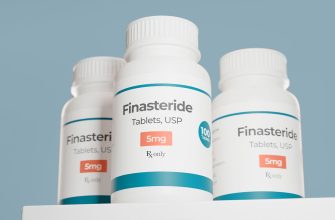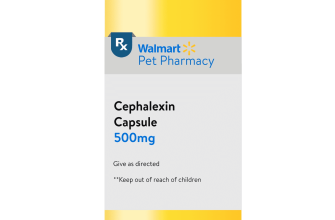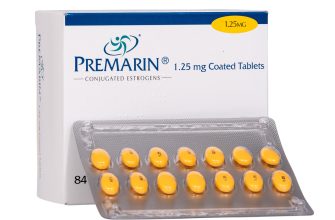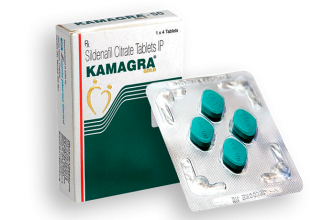Need reliable information on Cefpodoxime Proxetil tablets? Start with understanding the dosage: Adults typically take 200mg twice daily, while pediatric dosages vary significantly based on weight and the specific infection being treated. Always consult a doctor for precise instructions.
This medication combats bacterial infections. Its effectiveness hinges on accurate diagnosis and adherence to the prescribed treatment plan. Remember that Cefpodoxime Proxetil targets specific bacteria; it won’t work against viruses or other types of pathogens. Improper use can lead to antibiotic resistance, a serious public health concern.
Common side effects include diarrhea, nausea, and abdominal discomfort. More serious reactions are less frequent but require immediate medical attention. If you experience anything unusual, contact your healthcare provider immediately. Before starting this medication, inform your doctor of any allergies, existing medical conditions, or other medications you’re currently taking, including over-the-counter drugs and supplements. This ensures safe and effective treatment.
Cefpodoxime Proxetil tablets are available by prescription only. Your physician will determine the appropriate course of treatment based on your individual needs and the nature of your infection. Never share your prescription medication with others, as this is both unsafe and illegal.
- Cefpodoxime Proxetil Tablets: A Detailed Guide
- Understanding Cefpodoxime Proxetil: Its Mechanism of Action
- Common Bacterial Infections Treated with Cefpodoxime Proxetil
- Dosage and Administration: A Practical Guide
- Potential Side Effects and Precautions
- Interactions with Other Medications and Contraindications
- Concurrent Use with Antacids
- Interactions with Warfarin
- Contraindications
- Potential Interactions Summary Table
- Pregnancy and Breastfeeding
- When to Consult a Doctor
- Signs Requiring Medical Attention
- Medication Interactions
Cefpodoxime Proxetil Tablets: A Detailed Guide
Always follow your doctor’s prescription instructions precisely. Dosage varies based on the infection’s severity and your individual health status.
Cefpodoxime proxetil tablets are a broad-spectrum antibiotic, effective against various bacterial infections. Common uses include treating respiratory tract infections like bronchitis and pneumonia, skin infections such as cellulitis, and urinary tract infections.
Take the medication with a full glass of water, preferably with food to minimize stomach upset. Avoid alcohol consumption while taking cefpodoxime, as it can increase the risk of side effects.
Common side effects include diarrhea, nausea, and abdominal pain. Less frequent but more serious side effects necessitate immediate medical attention. These include allergic reactions (rash, itching, swelling, difficulty breathing), severe stomach pain, or bloody stools. Report any unusual symptoms promptly to your physician.
Complete the entire course of antibiotics as prescribed, even if you feel better before finishing. Stopping prematurely may lead to antibiotic resistance, making future infections harder to treat.
Store cefpodoxime tablets in a cool, dry place, away from direct sunlight and moisture. Keep them out of children’s reach.
Interactions with other medications are possible. Inform your doctor or pharmacist of all medications you currently take, including over-the-counter drugs and herbal supplements. This helps prevent potentially harmful drug interactions.
This information is for guidance only and does not substitute professional medical advice. Consult your doctor or pharmacist before starting or stopping any medication.
Understanding Cefpodoxime Proxetil: Its Mechanism of Action
Cefpodoxime proxetil targets bacterial cell walls. It’s a semi-synthetic cephalosporin antibiotic, specifically a third-generation cephalosporin.
Here’s how it works:
- Proxetil Ester: Cefpodoxime proxetil is a pro-drug. Your body converts it to the active form, cefpodoxime, after absorption.
- Cell Wall Inhibition: Cefpodoxime interferes with the synthesis of peptidoglycans, crucial components of bacterial cell walls. This disruption weakens the cell wall, leading to bacterial death.
- Transpeptidase Inhibition: Cefpodoxime achieves this by binding to penicillin-binding proteins (PBPs), particularly transpeptidases. Transpeptidases are enzymes bacteria use to build their cell walls. Inhibiting them prevents cell wall construction and repair.
Cefpodoxime is effective against a range of Gram-positive and Gram-negative bacteria. Its spectrum includes:
- Streptococcus pneumoniae
- Haemophilus influenzae
- Moraxella catarrhalis
- Escherichia coli
- Klebsiella pneumoniae
However, bacterial resistance is a concern. Regular monitoring of antibiotic susceptibility patterns is needed to ensure optimal treatment.
Common Bacterial Infections Treated with Cefpodoxime Proxetil
Cefpodoxime proxetil effectively targets several common bacterial infections. It’s frequently prescribed for acute bacterial exacerbations of chronic bronchitis, effectively clearing infections in the lungs.
Skin and soft tissue infections, such as cellulitis and impetigo, also respond well to cefpodoxime proxetil treatment. This antibiotic’s ability to penetrate tissues makes it a suitable choice.
Ear infections, specifically otitis media (middle ear infection), are another area where cefpodoxime proxetil proves useful. It combats the bacteria responsible for this painful condition.
Certain urinary tract infections (UTIs) also yield to treatment with cefpodoxime proxetil. However, the specific bacteria causing the UTI must be susceptible to the antibiotic.
Note that cefpodoxime proxetil’s effectiveness depends on the specific bacteria causing the infection. Always consult a healthcare professional for diagnosis and treatment guidance.
Dosage and Administration: A Practical Guide
Always follow your doctor’s instructions. The typical adult dose for Cefpodoxime Proxetil is 100-200mg twice daily. This depends on the infection being treated.
Children’s dosages vary significantly based on weight and infection severity. Consult your pediatrician for precise guidelines. Commonly, the dosage is calculated based on milligrams per kilogram of body weight.
Take the tablets with a full glass of water. You can take Cefpodoxime Proxetil with or without food. However, taking it with food may help reduce stomach upset in some individuals.
The duration of treatment will also be determined by your doctor. Do not stop taking the medication prematurely, even if you feel better. Completing the full course ensures the infection is fully eradicated.
If you miss a dose, take it as soon as you remember, unless it’s nearly time for your next dose. Never double up on doses to make up for a missed one.
Store Cefpodoxime Proxetil tablets in a cool, dry place, away from direct sunlight and moisture. Keep them out of reach of children.
Seek immediate medical attention if you experience any allergic reactions such as rash, hives, swelling, or difficulty breathing. Report any persistent side effects to your doctor.
This information is for guidance only and should not replace professional medical advice. Always discuss your treatment plan with your healthcare provider to ensure appropriate dosage and management of your condition.
Potential Side Effects and Precautions
Cefpodoxime proxetil, while generally well-tolerated, can cause side effects. Common reactions include diarrhea, nausea, and abdominal pain. Less frequently, you might experience vomiting, headache, or dizziness.
Before taking Cefpodoxime proxetil, inform your doctor about any allergies, particularly to penicillin or other cephalosporin antibiotics. Pregnant or breastfeeding women should discuss use with their physician. This medication may interact with certain medications, so list all current prescriptions and over-the-counter drugs you are taking.
If you experience severe allergic reactions like hives, swelling of the face, lips, or tongue, difficulty breathing, or a rapid heartbeat, seek immediate medical attention. This is a serious sign and requires prompt treatment. Contact your doctor if you notice unusual bleeding or bruising.
Monitor for symptoms of Clostridium difficile infection (C. diff), such as persistent diarrhea. The drug may alter gut flora, potentially leading to this serious condition. Drink plenty of fluids to stay hydrated, especially if diarrhea occurs.
This information is not exhaustive. Consult your doctor or pharmacist for complete details and personalized advice regarding potential side effects and appropriate precautions.
Interactions with Other Medications and Contraindications
Always inform your doctor about all medications you are taking, including over-the-counter drugs, herbal remedies, and supplements, before starting Cefpodoxime proxetil. This allows your doctor to assess potential interactions.
Concurrent Use with Antacids
Taking Cefpodoxime proxetil with antacids containing aluminum or magnesium may reduce its absorption. Separate the administration of these medications by at least two hours for optimal Cefpodoxime proxetil effectiveness.
Interactions with Warfarin
Cefpodoxime proxetil may increase the risk of bleeding in patients taking warfarin. Close monitoring of your INR (international normalized ratio) is necessary if you are on both medications. Your doctor may adjust your warfarin dosage accordingly.
Contraindications
Cefpodoxime proxetil is contraindicated for individuals with known hypersensitivity to cefpodoxime proxetil, other cephalosporins, or any component of the formulation. Allergic reactions, such as rash, itching, or difficulty breathing, can occur.
Potential Interactions Summary Table
| Medication | Interaction | Recommendation |
|---|---|---|
| Antacids (aluminum/magnesium-containing) | Reduced Cefpodoxime absorption | Separate administration by at least 2 hours |
| Warfarin | Increased bleeding risk | Close INR monitoring; potential warfarin dosage adjustment |
| Cephalosporin antibiotics | Possible cross-reactivity | Discontinue if allergic reaction occurs |
Pregnancy and Breastfeeding
Discuss the use of Cefpodoxime proxetil with your doctor if you are pregnant, planning to become pregnant, or breastfeeding. The safety of Cefpodoxime proxetil during pregnancy and breastfeeding requires careful consideration.
When to Consult a Doctor
Seek immediate medical attention if you experience a severe allergic reaction, including difficulty breathing, swelling of your face, lips, tongue, or throat, or hives. These are serious symptoms requiring immediate medical help.
Contact your doctor if your symptoms worsen or don’t improve after 7 days of taking Cefpodoxime proxetil. Don’t assume your infection has cleared; seek professional advice.
Signs Requiring Medical Attention
Report these symptoms to your doctor: persistent diarrhea, severe stomach pain, unusual bleeding or bruising, yellowing of your skin or eyes (jaundice), dark urine, or unusual fatigue. These could indicate a serious problem requiring prompt attention.
If you experience any new or worsening symptoms while taking Cefpodoxime proxetil, consult your doctor. Careful monitoring is key to successful treatment.
Medication Interactions
Inform your doctor about all medications you are taking, including over-the-counter drugs and supplements. This allows your doctor to assess potential interactions with Cefpodoxime proxetil and provide appropriate guidance.

